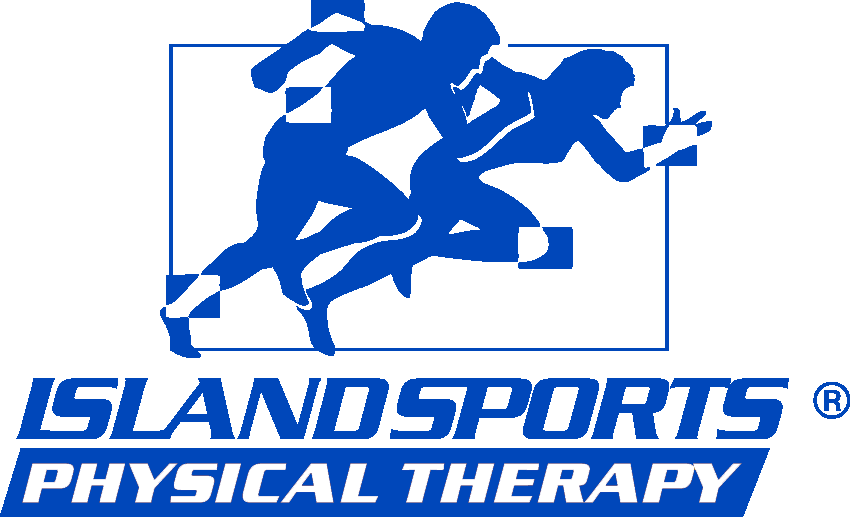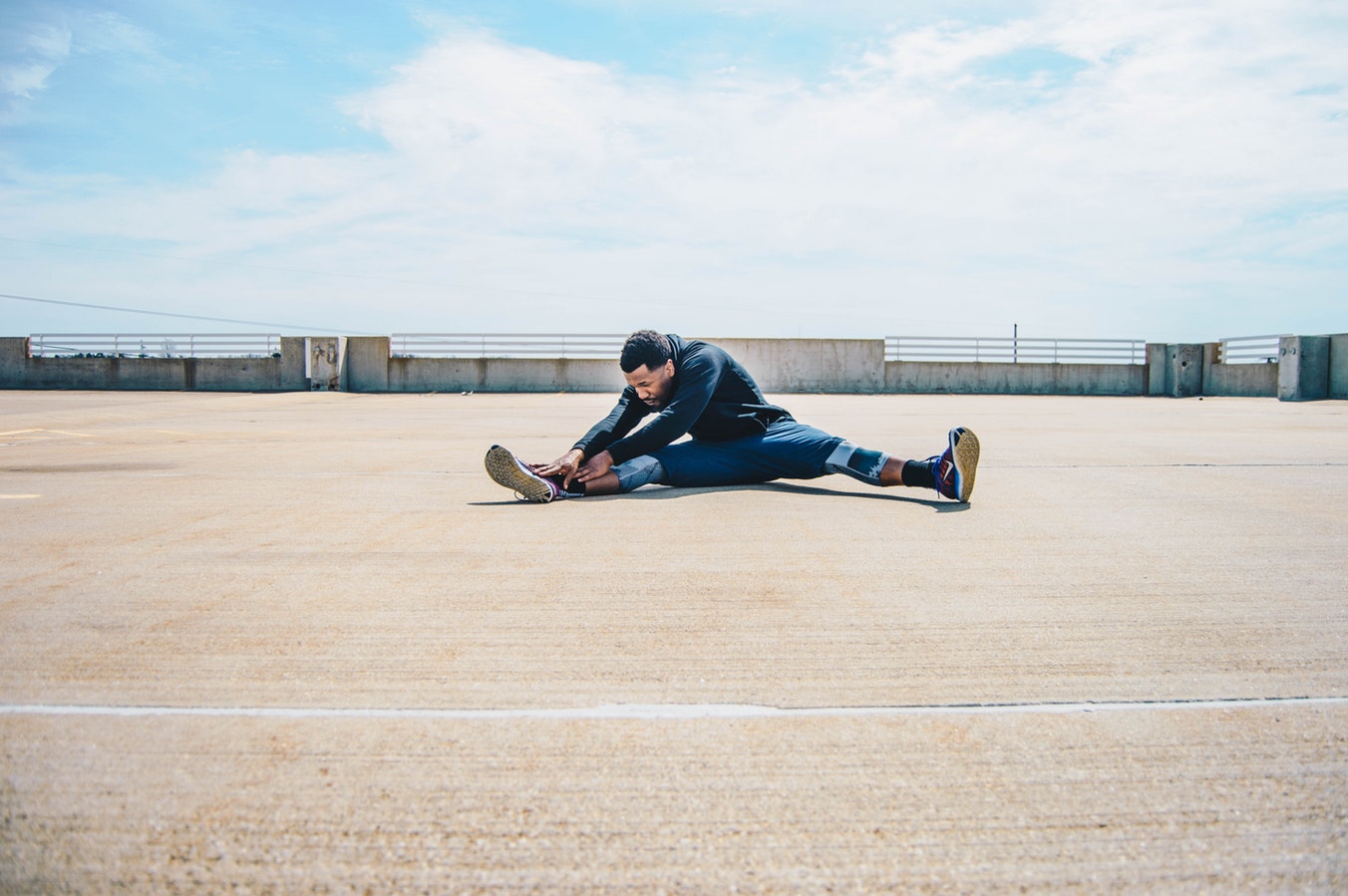How To Avoid Strained Hamstrings
Strained Hamstring
Hamstring injuries are some of the most common but dreaded injuries by athletes. This type of injury can be quite debilitating, sometimes lingering for weeks at a time. At Island Sports Physical Therapy in East Northport, we understand the nature of hamstring injuries in order to diagnose, treat, and prevent them from reoccurring. With locations in East Northport, Huntington, Nesconset, Glen Cove, East Meadow, and Coram, we are conveniently located to meet your needs.
What Are The Hamstrings?
The hamstrings are a group of three muscles that run along the back of the upper leg. These muscles work in concert with the quadriceps, which are the muscles in the front upper leg. Motion to lift the upper leg is created by the relaxation and expansion of these two major muscle groups.
How Does Hamstring Straining Happen?
Muscle strain occurs when an extraordinary load is placed on the muscle, forcing it to work harder than usual. In the case of hamstrings, the following can cause straining:
- Muscle imbalance – The quads are naturally stronger than the hamstrings. Motion that demands more work can strain these muscles. A good example is fast backpedaling.
- Inadequate warming up – Sudden and violent expansion of muscle can cause injury. This is what happens, for example, an athlete puts on a burst of speed without warming up.
- Fatigue – Muscle expansion and contraction occur as a result of electrochemical reactions in the muscles. In fatigued muscles, this happens at a lower level. Working fatigued muscles puts a load that they cannot efficiently handle, which causes strain.
Straining and injuring the hamstrings can be avoided in a number of ways:
Dynamic Warm-ups
It is crucial to warm-up before any game or runs. This makes the hamstrings more flexible and pliable to sudden and explosive movements. At Island Sports Physical Therapy in East Northport, we can show you proper warm-up exercises in order to prevent hamstring strains. Below are some examples:
- Back muscles warm-ups – Back muscles and hamstrings share the load in the lower body. Warming up the back muscles benefits the hamstrings as well. These exercises include lumbar rotation, flexion, and side flexion stretches.
- Glute muscles – The muscles in the buttocks help anchor the hamstrings. These can be warmed up by basic glute stretches and foam roller stretch exercises.
- Nerve warm-up – This involves warming up the nervous system that causes the correct firing of the hamstrings. Slump leg stretches and swings are ideal for nerve warm up.
Correct training
This involves training the hamstrings to be more active in concert with the quads, making them stronger. Exercises that can help with this include body bridges and drinking bird exercises.
Adequate rest and recovery
This allows the hamstring muscle cells to repair and rebuild. A good recovery program involves adequate hydration, nutrition, and sleep. Ice compresses can be used on fatigued and strained muscles. Strained hamstrings should be left to rest using a crutch if possible, to avoid further injury.
At Island Sports Physical Therapy in East Northport, we can help you improve your overall condition. To make an appointment, contact us today!








